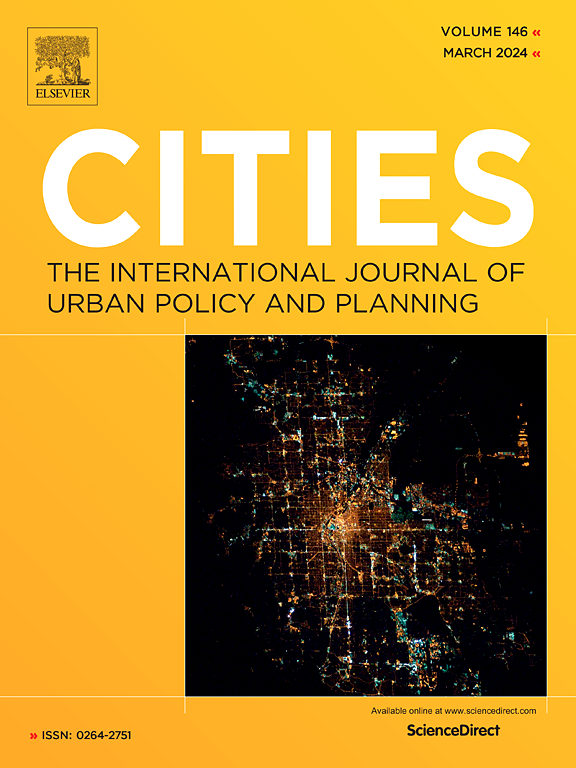Dynamic changes in side-street trade areas of Seoul: Using growth mixture modeling
IF 6
1区 经济学
Q1 URBAN STUDIES
引用次数: 0
Abstract
This study examines the dynamic changes in side-street trade areas in Seoul, focusing on their growth trajectories to propose strategies for sustainable development. Using data from 1005 side-street trade areas from 2015 to 2019, the study employs Growth Mixture Modeling (GMM) to categorize trade areas based on growth patterns. The findings reveal that over half of these trade areas have experienced sustained decline. Incorporating initial store density, a probabilistic analysis highlights the significant role of initial conditions in shaping future trends.
Spatial autocorrelation analysis using 2015 initial store density data revealed statistically significant clustering patterns in approximately 10 % of trade areas. Both high-density and low-density areas exhibited a tendency to cluster, with high-density clusters occasionally displaying localized synergistic effects, suggesting potential for continuous growth in specific cases.
Additionally, the study explores industry-specific density changes across restaurant, service, and retail sectors, identifying distinct growth patterns and their interactions with overall trade area trends.
Key recommendations include designating critical commercial hubs as density management zones to regulate overall and industry-specific density levels. Policies such as subsidies or tax benefits for underrepresented sectors are proposed to encourage industry diversification. Furthermore, rent control measures are suggested to mitigate the adverse effects of gentrification, preserving the unique character of trade areas.
This research provides actionable insights for policymakers and entrepreneurs, contributing to the development of more sustainable and adaptive strategies for urban commercial districts.
求助全文
约1分钟内获得全文
求助全文
来源期刊

Cities
URBAN STUDIES-
CiteScore
11.20
自引率
9.00%
发文量
517
期刊介绍:
Cities offers a comprehensive range of articles on all aspects of urban policy. It provides an international and interdisciplinary platform for the exchange of ideas and information between urban planners and policy makers from national and local government, non-government organizations, academia and consultancy. The primary aims of the journal are to analyse and assess past and present urban development and management as a reflection of effective, ineffective and non-existent planning policies; and the promotion of the implementation of appropriate urban policies in both the developed and the developing world.
 求助内容:
求助内容: 应助结果提醒方式:
应助结果提醒方式:


